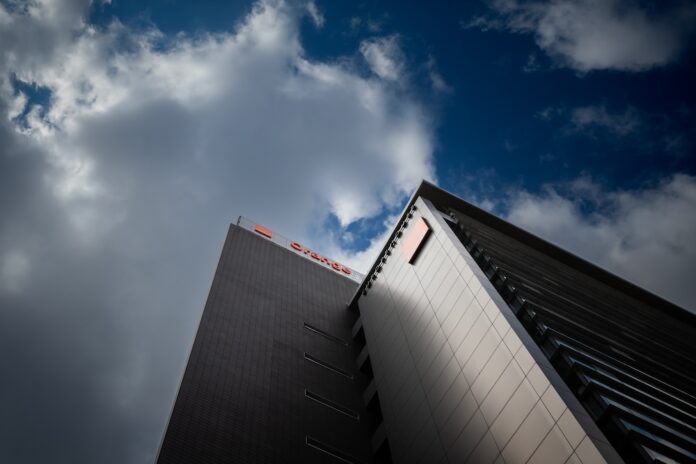The country has hit five million fibre-to-the-premises connected internet users
Romanian regulator ANCOM has shed more light of the current health of the telecom sector in the country which shows that at the end of 2023, three out of four fixed internet connections were fibre only – 13% up on the previous year – while gigabit connections now exceeded two million. More than 80% of households are connected to the internet with a fixed line.
Last week the regulator shared usage stats for the market, but the latest stats complete the picture of a market that has progressed well. Telecom sector revenues in 2023 were RON 16.9 billion (€3.4 billion). Fixed and mobile internet generated 37% of total revenues, mobile telephony 29%, TV retransmission 15%, fixed telephony 9%, and other types of networks/services 10%. The top three providers in revenue terms were: Orange Group (39%), RCS&RDS (26%) and Vodafone (24%)
Fixed broadband growth
After a 4% increase, the number of connections in 2023 exceeded 6.6 million, with 93% enabling speeds exceeding 100Mbps. 31% of connections (2 million connections, up 20%) allow speeds of at least 1 Gbps. Interestingly, the growth rate of the number of connections in rural areas (up 5%) exceeds that in urban areas (up 4%).
The average monthly traffic reached 81 GB per inhabitant (up 17%) equivalent to 2.7GB/day. At national level, the penetration rate per 100 households is 80% (86% in urban areas and 72% in rural areas). By number of connections, the top 3 providers are: RCS&RDS (70%), Orange group (17%) and Vodafone (11%).
Mobile internet with 5G growth
The total number of active connections increased slightly to 21.5 million, of which 17 million used 4G and/or 5G. The number of connections using 5G tripled compared to the end of 2022, reaching 2.3 million. According to ANCOM, 20.4 million connections are used for both telephony and mobile internet, and 1.1 million are used for data only.
The average monthly traffic was almost 11 GB per inhabitant (up 32%). In terms of active connections, the top three providers are: Orange group (37%), RCS&RDS (27%) and Vodafone (23%).
There are now 23.6 million active mobile SIM cards, two-thirds of which are subscription-based. Compared to the end of 2022, the number of subscription SIM cards saw an increase of 7%, while the number of “active” prepaid SIM cards decreased by 11%.
The total voice traffic decreased by 6% to 60 billion minutes, while the average mobile phone traffic per inhabitant was 4 hours and 22 minutes/month and 16 SMS/month. According to the number of active SIM cards, Orange Group had a market share of 35%, Vodafone 28% and RCS&RDS 24%.
Operators doing well in TV bundles
Ancom said the number of TV subscribers remained flat at 7.8 million. Users are switching more to cable retransmission services (up 4% to 6.8 million subscribers) over satellite/DTH services (down 22% to a total of 0.9 million). According to the total number of subscribers at the end of 2023, RCS&RDS had a market share of 73%, Orange group 14% and Vodafone 10%.



